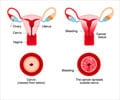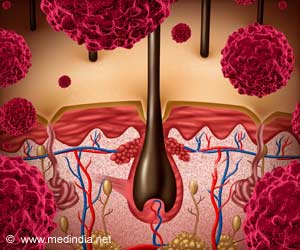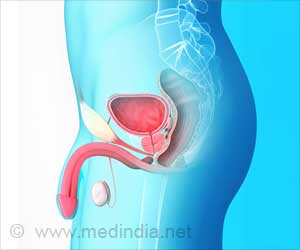Scientists at Fox Chase Cancer Center have identified a gene that plays a major role in activating an oncogene, known as MYC, to promote cancer.
The researchers have revealed that the gene identified by them is DLX5, which is crucial for embryonic development.They say that the fact that the DLX5 gene is inactive in normal adults indicates that it may be an ideal target for future anti-cancer drugs.
Studies conducted in the past have shown that a chromosomal inversion - a genetic misalignment, where part of the chromosome containing the DLX5 gene gets flipped around during cell division cooperates with another known oncogene, AKT2, to drive cancer in mice.
The current study has revealed that DLX5 binds to and actively promotes the activity of a gene known as MYC, which evidence has demonstrated is a potent factor in numerous cancers, including lymphoma, lung and pancreatic cancer.
The experiments behind these findings involved both mouse cancer models and human cell cultures.
"While MYC has a definite role in cancer, MYC also has an important place in the normal functioning of cells, so it may be difficult to target without killing healthy cells. DLX5, however, is not generally active in healthy adult cells, so it represents a much more 'druggable' target for cancer inhibition," says Dr. Joseph Testa, a Fox Chase professor and co-author of the study.
Advertisement
Source-ANI
TAN











